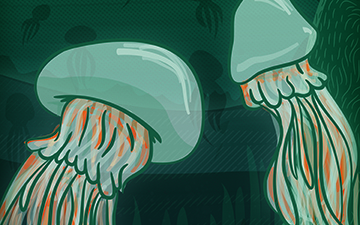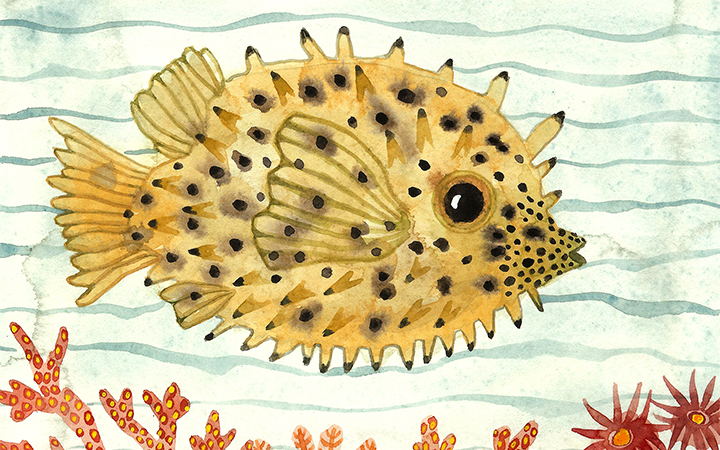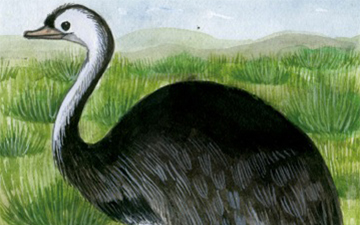Animalia

Glyptodon
Glyptodon Genus


4 POINTS
Play: Glyptodon has a MOVE of 2 and is EXTINCT
Fact: Darwin described the fossils as “a large animal, with an osseous coat in compartments, very like that of an armadillo.”

Sand Jellyfish
Rhopilema esculentum


9 POINTS
Play: This jellyfish has a MOVE of 2.
Fact: The Sand Jellyfish is edible, and is often served in South East Asian cuisine.

Northern Rat Flea
Nosopsyllus fasciatus


9 POINTS
Play: The Northern Rat Flea has a MOVE of 2, and must be played adjacent a RODENTIA species.
Fact: This flea is also known for being a minor vector for the plague.

Bridled Burrfish
Chilomycterus antennatus



9 POINTS
Play: This fish has a MOVE of 2.
Fact: C. antennatus has the ability to inflate their body through the swallowing of water or air.

Darwin’s Rhea
Rhea pennata



3 POINTS
Play: Darwin’s Rhea has a MOVE of 2.
Fact: Darwin was searching for this bird, and first came across it on his dinner table when Conrad Martens, an artist on board the H.M.S. Beagle, accidentally shot one for a meal.

Octopus
Octopus genus



9 POINTS
Play: An octopus has a MOVE of 2.
Fact: Darwin collected many samples along the coast of the Cape Verde Islands, and commented: “I took several specimens of an Octopus, which possessed a most marvellous power of changing its colours; equalling any chamaelion.”